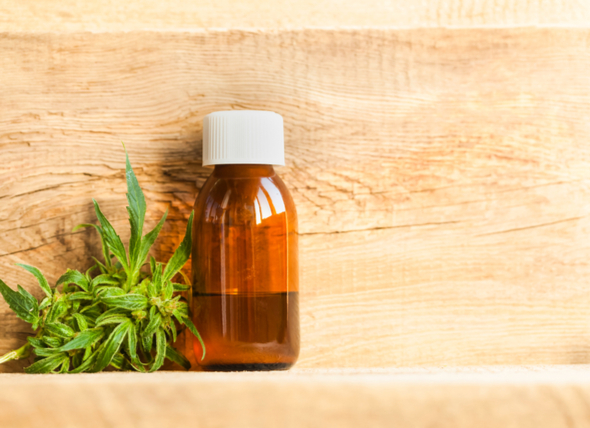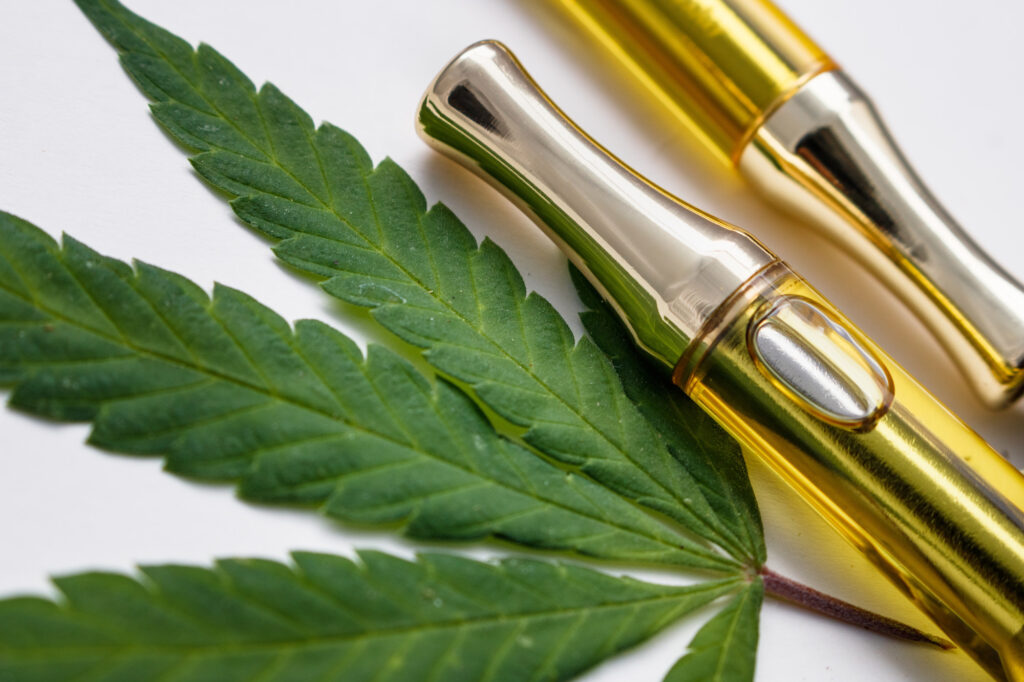Supporting metabolic health is essential for maintaining energy, managing weight, and promoting overall well-being. One of the most effective ways to enhance metabolism naturally is through the use of cutting supplements formulated with powerful, natural ingredients. These supplements work synergistically to boost the body’s ability to burn fat, improve energy levels, and support healthy metabolic function without harmful side effects. Choosing natural cutting supplements ensures you are giving your body the nutrients it needs while avoiding artificial additives or stimulants that can cause unwanted stress. Natural cutting supplements often include ingredients such as green tea extract, cayenne pepper, caffeine from natural sources, and L-carnitine, all known for their metabolism-boosting properties. Green tea extract, rich in antioxidants called catechins, helps increase fat oxidation and energy expenditure, promoting a steady and efficient fat-burning process.
Cayenne pepper contains capsaicin, which naturally elevates body temperature and enhances calorie burn, making it a valuable component in cutting supplements designed to support metabolic health. Meanwhile, L-carnitine plays a crucial role in transporting fatty acids into the mitochondria, where they are converted into energy, helping to reduce fat stores and sustain stamina throughout the day. One of the key benefits of natural cutting supplements is their ability to provide sustained energy without the jitters or crashes often associated with synthetic stimulants. This steady energy support allows individuals to stay active, motivated, and focused on their fitness goals, contributing to improved workout performance and more effective fat loss. Additionally, many natural cutting supplements include vitamins and minerals that support overall metabolic health, such as B vitamins, which help convert food into usable energy and promote healthy cellular function.
Beyond physical benefits, natural cutting supplements can positively impact mental clarity and mood by supporting balanced blood sugar levels and reducing fatigue. This holistic support fosters a healthy lifestyle that encourages consistent exercise, balanced nutrition, and improved sleep quality each a crucial factor in optimizing metabolic function. Incorporating natural cutting crazy bulk reviews supplements into a well-rounded wellness routine offers a gentle yet effective way to support your metabolism. When combined with regular physical activity and a balanced diet, these supplements can accelerate fat loss, enhance energy, and improve overall vitality. It is important to choose high-quality products with transparent ingredient lists to ensure safety and effectiveness. By embracing natural cutting supplements, you are making a positive investment in your metabolic health, empowering your body to function optimally and helping you achieve your health and fitness goals with confidence and ease.





